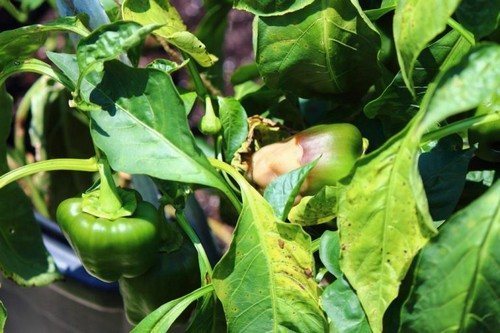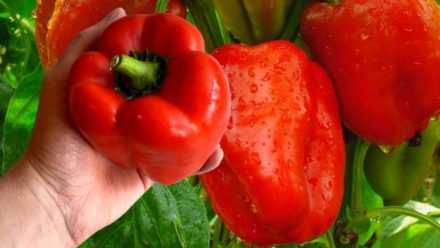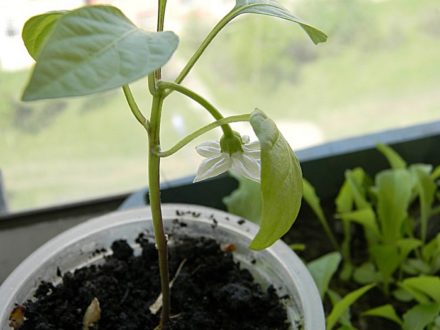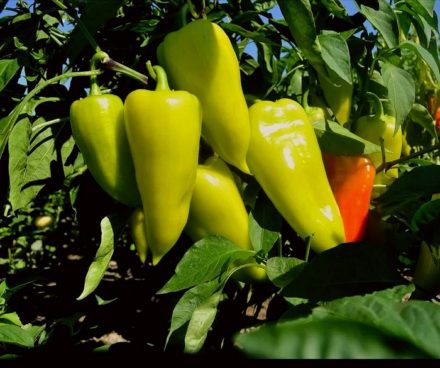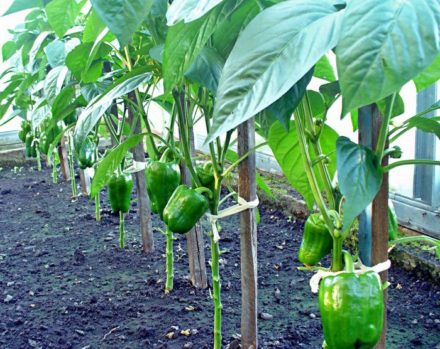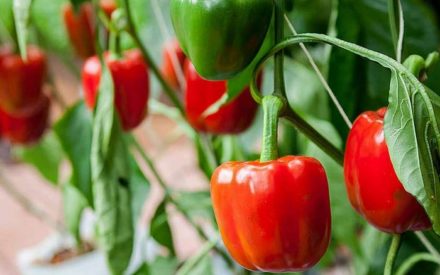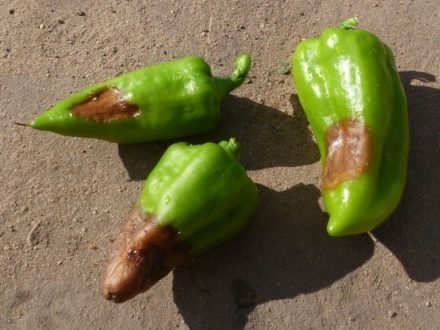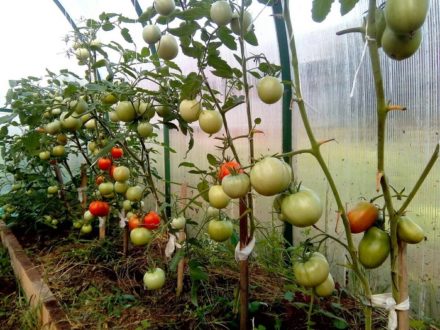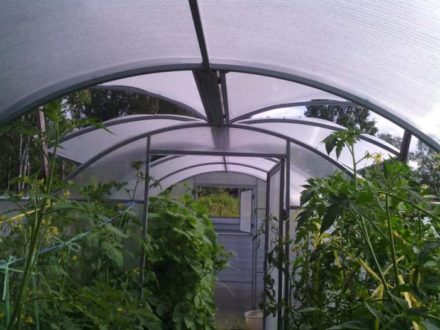It is not for nothing that pepper has earned the reputation of a capricious plant among gardeners. Among the most common problems are long germination of seeds, stopping at the initial stage of growth, and shedding of ovaries. It is especially disappointing to lose the fruits that have already begun. Every phenomenon has its reasons. It is important to understand what exactly interferes with the development of the ovaries, and then eliminate the detected negative factors.
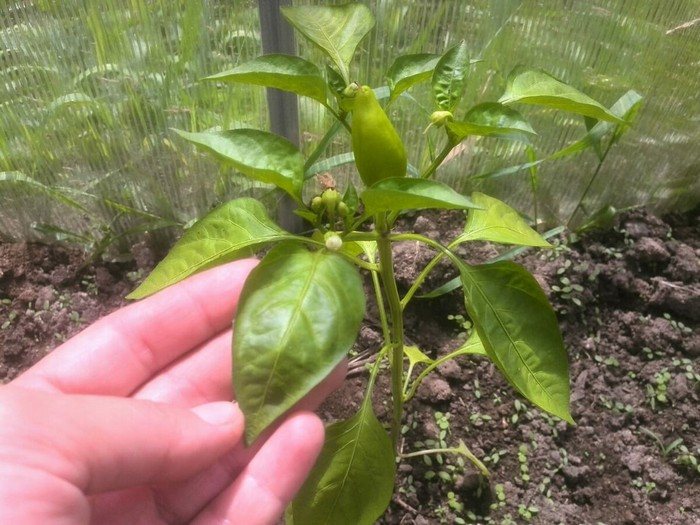
Reasons why pepper sheds ovaries
There are quite a few reasons why peppers drop their ovaries. This may be due to unsuitable growing conditions or poor care. The plant will refuse to form fruits even if it is affected by diseases or pests. To conduct a competent analysis of the situation, it is necessary to evaluate all the operating factors.
Lack of lighting
Peppers require a lot of light for normal development. Lighting is especially important in the initial stages of growth, at the time of flowering and fruit set. If planting was carried out in a place where the plants do not have enough sun, or the planting scheme was not followed, the pepper will bloom and then shed ovaries, for which it does not have enough strength to develop. This factor should be taken into account initially when planting seedlings on the site. Plants should receive at least 12 hours of bright light daily throughout the growing season.
Temperature changes
Pepper is a heat-loving plant that is afraid of cold.Temperature fluctuations create even more stress for him. With sudden temperature changes, the leaves of peppers turn yellow, they drop flowers and ovaries, and growth slows down.
At the same time, overheating of plants also affects them negatively. To minimize temperature changes, the greenhouse is opened slightly during the day and closed at night. If it is not possible to do this manually every time, you can install automatic closers on the windows.
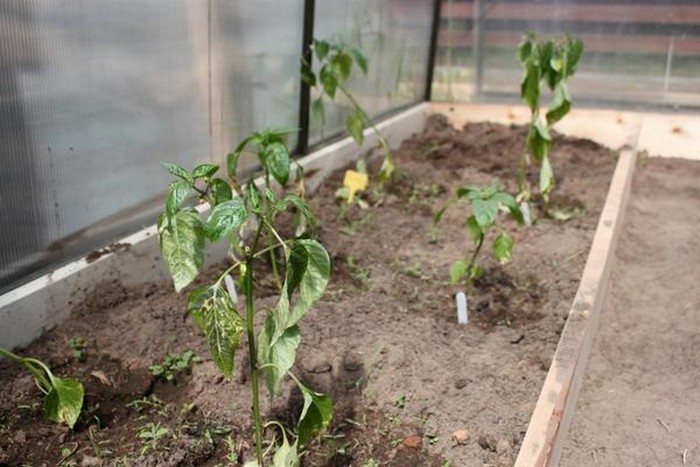
Insufficient watering
Lack of moisture leads to the fact that peppers begin to shed buds, flowers and ovaries. You shouldn't allow it to become over-watered either. Excess water in the soil impairs the respiratory function of the roots. Watering peppers in open ground depends on the weather and the amount of precipitation.
In the greenhouse, plants are watered 1-2 times a week with warm, settled water. After planting seedlings for each square. meter consumes 10 liters of water. With the beginning of pepper flowering, the frequency of watering is doubled. Water is applied under each bush, its consumption is 3–5 liters per plant.
Pollination problems
The problem with pollination occurs exclusively in greenhouses and greenhouses. It is difficult for insects to enter a closed building. During flowering, you need to keep the greenhouse windows slightly open so that bees can fly inside.
To attract them, you can install special baits with honey water or plant marigolds and lemon balm next to the peppers. The sweet liquid is poured into shallow containers to prevent the bees from drowning. If pollination does not occur, the fruit will not set.
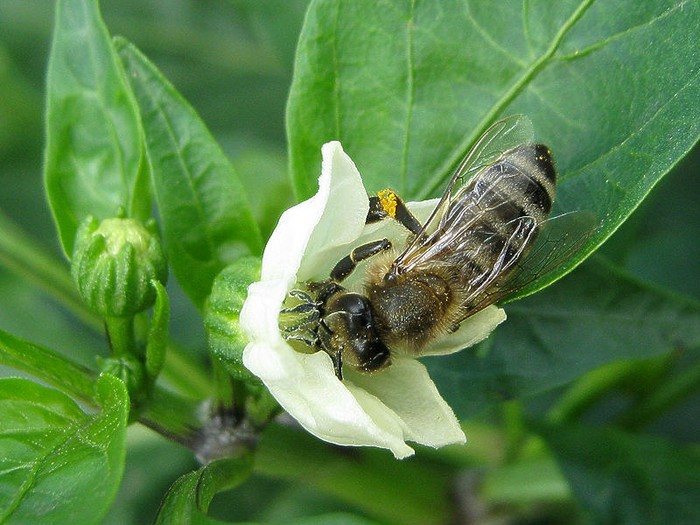
Lack or excess of fertilizers
Peppers should be planted in pre-fertilized soil.Lack of nutrients will negatively affect the development of plants. Weak flowering and shedding of ovaries will be observed.
During the growth process, the bushes are also regularly fed, alternating mineral and organic fertilizers. The crop responds well to complex fertilizers. At the same time, peppers should not be overfed. Excess minerals act on the plant even more depressingly than a deficiency.
Diseases and pests
Not only plants like greenhouse conditions. Such an environment is favorable for various pests and pathogens. Fungus readily multiplies in a warm and humid microclimate. Of the insects, spider mites, whiteflies, and aphids most often parasitize peppers in a greenhouse.
In open ground, plants can be damaged by mole crickets, nematodes, ants, and the Colorado potato beetle. Pepper weakened by damage to leaves and roots can no longer bloom and bear fruit normally.
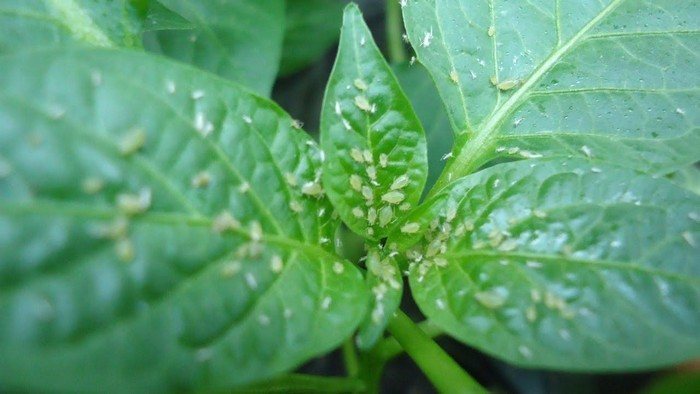
How to help plants that are losing ovaries
If the ovary begins to crumble, it is necessary to normalize the temperature regime, establish proper care for the plants - water and feed in a timely manner. To identify a disease or pests, the bushes are inspected and, if necessary, treated.
Folk remedies (infusion of tomato tops, decoction of wormwood, infusion of garlic and hot pepper, whey) are used only in the early stages of damage. Insecticides will effectively help destroy harmful insects. Fungal diseases are controlled using fungicides. Treatments must be carried out until the result is obtained.
If the loss of ovaries is caused by too high a temperature, the greenhouse is shaded. This can be done by whitewashing the walls with chalk or throwing a sun protection net outside.
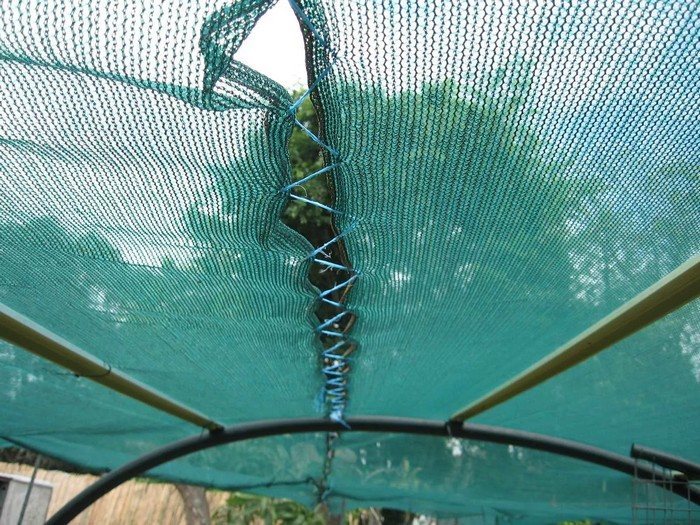
You can make the air cooler by pouring cold water from a hose on the paths.
If there is a lack of fertilizer, peppers lose the bright color of their leaves, and their stems stretch out. To restore the ability of plants to bear fruit, it is necessary to apply fertilizer every week, alternating organic and mineral compounds. The fertilizer application rate must be observed.
Other corrective measures:
- You can increase the lighting in cloudy weather by hanging phytolamps from the ceiling.
- Mulch the soil to prevent rapid moisture loss in hot weather.
- During flowering, the plants are treated with the preparations "Bud" or "Ovary". They are diluted according to the instructions and the solution is used for spraying.
- If the pepper refuses to bear fruit, you need to pick off the leaves and shoots in the lower tier of the bushes. Then the nutrients will be redirected to the formation and development of fruits.
- If bees do not fly into the greenhouse, you can pollinate the plants artificially using a fan or hair dryer, a paint brush.
- Plants that have experienced stress due to temperature changes or improper care are sprayed with Epin-Extra, Zircon. Calcium nitrate can replace them. All stimulating procedures are carried out in the morning.
You need to think about the well-being of peppers even before the planting stage. It is important to choose the right place. If this is an open area, it should be well lit by the sun and protected from drafts. The planting pattern must not be violated.Plants should be planted freely so that they have enough air, light, nutrition and moisture. The interval between bushes depends on the type of pepper. On the seed package, the manufacturer always indicates at what distance the seedlings should be planted in the ground.


